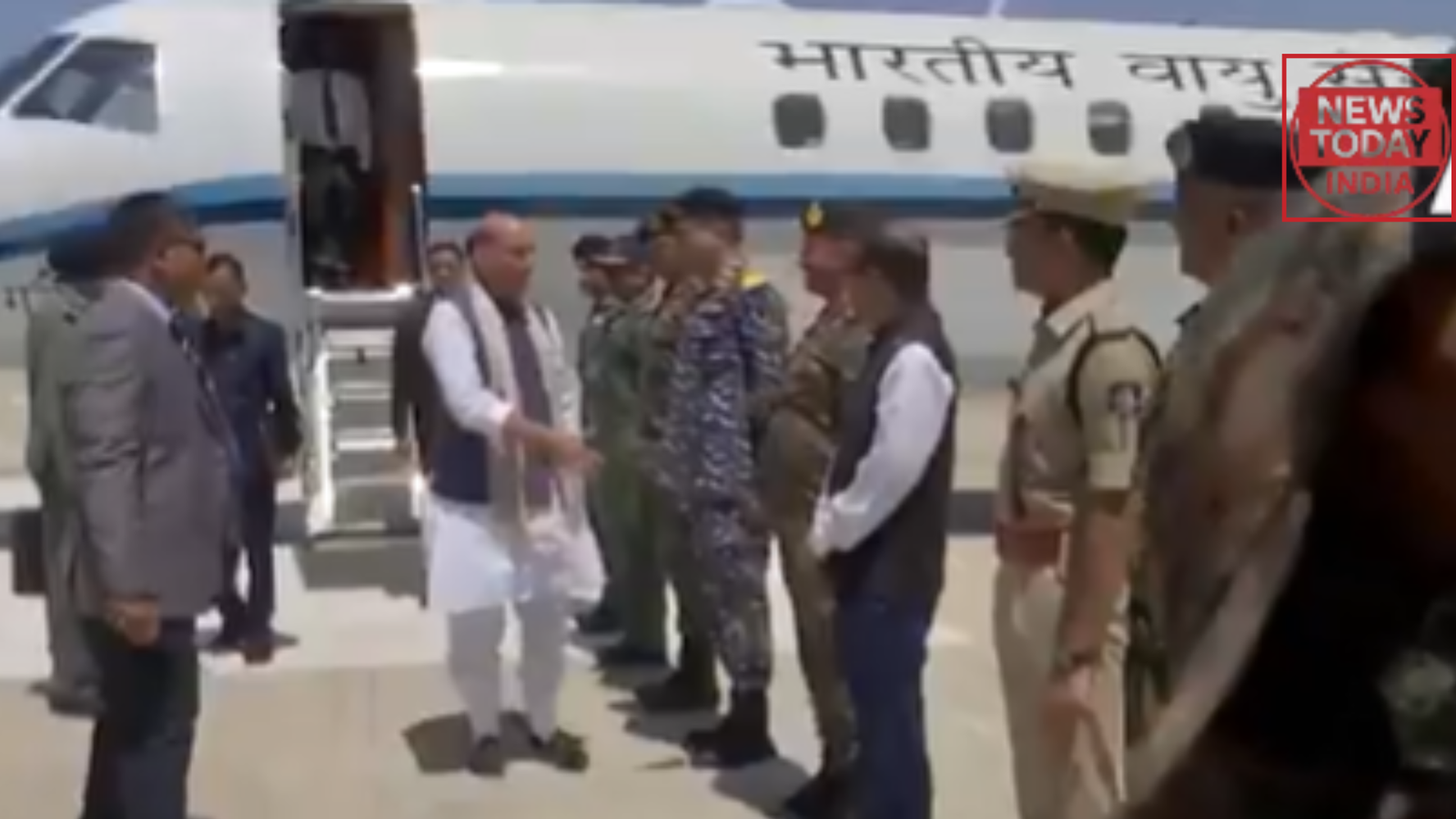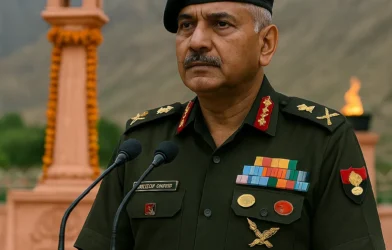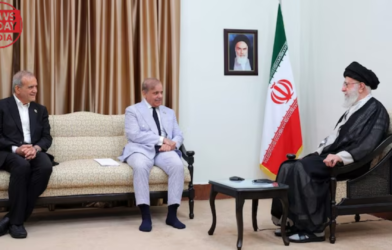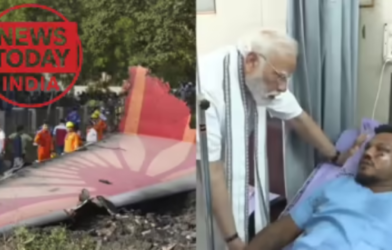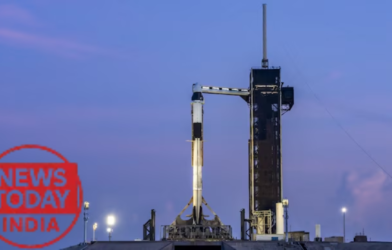Subtotal $0.00
India and Pakistan have been in the news recently due to a series of events that started with a tragic terror attack in Pahalgam, Jammu and Kashmir, followed by India’s strong response through Operation Sindoor and a ceasefire agreement. Here, News Today India explains everything in simple, clear language, covering all the important details about the 2025 India-Pakistan conflict, the Pahalgam attack, Operation Sindoor, Operation Keller, and more.
Pahalgam Terror Attack: What Happened?
On April 22, 2025, a horrific terror attack took place in Baisaran Valley, Pahalgam, a popular tourist spot in Jammu and Kashmir. Terrorists attacked a group of tourists, killing 26 people, including 24 Indian tourists, one Nepali tourist, and a local pony handler. The attackers targeted men after asking about their religion, shooting them in front of women and children. This cruel act shocked the nation and hurt Kashmir’s tourism industry, with many people canceling their travel plans.
The attack was planned to create fear and divide people, but instead, it brought Indians together, united in their anger and sadness. The attack was linked to terror groups like Lashkar-e-Taiba, Hizbul Mujahideen, and Jaish-e-Mohammed, based in Pakistan.
Operation Sindoor: India’s Strong Response
In response to the Pahalgam attack, India launched Operation Sindoor on May 7, 2025. This was a military operation targeting terrorist bases in Pakistan and Pakistan-occupied Kashmir (PoK). The Indian Army and Air Force attacked nine terror sites, destroying their hideouts and airbases. Over 100 terrorists were killed, and India made sure to avoid harming civilians or Pakistan’s military bases.
The name “Operation Sindoor” was chosen because the attack in Pahalgam was seen as an attack on “sindoor,” a red powder that married Hindu women wear, symbolizing their bond. Prime Minister Narendra Modi called this operation a “new normal” for India, showing that the country will not tolerate terrorism. He said the operation was paused, not over, and warned Pakistan of strong action if such attacks happen again.
Defence Minister Rajnath Singh and Jammu and Kashmir Lieutenant Governor Manoj Sinha praised the Indian Armed Forces for their bravery. The operation was a big success, showing India’s strength and unity in fighting terrorism.
Ceasefire Agreement: A Step Toward Peace
After four days of intense fighting, India and Pakistan agreed to a ceasefire on May 10, 2025, at 5 PM. This agreement was reached through talks between the military leaders of both countries. The ceasefire brought peace to border areas in Jammu and Kashmir, Punjab, and Rajasthan. Schools, colleges, and airports, like those in Srinagar and Jammu, reopened, and life started returning to normal.
US President Donald Trump said he helped make the ceasefire happen, but India said it was a decision between India and Pakistan only. The Congress party in India asked PM Modi if the US or trade deals influenced the ceasefire, but India made it clear that no outside country was involved in the talks.
Operation Keller: Fighting Terrorists in Shopian
On May 13, 2025, the Indian Army launched Operation Keller in Shopian, Jammu and Kashmir, based on information from the Rashtriya Rifles. This operation targeted terrorists from Lashkar-e-Taiba hiding in the Shukroo Keller area. Three terrorists, including Shahid Kuttay and Adnan Shafi, were killed in a gunfight. This was part of India’s ongoing efforts to keep Jammu and Kashmir safe after the Pahalgam attack.
India’s Tough Stand on Pakistan
India has taken a strong stand against Pakistan. The government has paused the Indus Waters Treaty, a 1960 agreement about sharing river water, until Pakistan stops supporting terrorism. External Affairs Minister S. Jaishankar said India will only talk to Pakistan about stopping terrorism and taking back Pakistan-occupied Kashmir (PoK). India also sent a team to the United Nations to show proof that a Pakistan-based terror group, The Resistance Front (TRF), was behind the Pahalgam attack.
Pakistan admitted India’s strikes happened but said its military fought back. Pakistan agreed to the ceasefire and wants to restart talks on the Indus Waters Treaty. India also expelled a Pakistani diplomat on May 14, 2025, asking them to leave within 24 hours.
World’s Reaction to the Conflict
The India-Pakistan conflict caught the world’s attention:
- Turkey and Azerbaijan: These countries supported Pakistan, leading to a boycott in India. Travel bookings to Turkey and Azerbaijan dropped by 60%, and cancellations rose by 250%, according to MakeMyTrip.
- China: China’s Foreign Minister Wang Yi asked India and Pakistan to talk and avoid war. India’s National Security Advisor Ajit Doval said India wants to fight terrorism without starting a full war.
- UK: The UK supported the ceasefire and efforts to stop terrorism.
- IAEA: The International Atomic Energy Agency said there were no radiation leaks from Pakistan’s nuclear sites, despite some false social media claims.
India’s Unity and Political Reactions
The Pahalgam attack brought Indians together, with no division based on religion or region. PM Modi spoke on May 12, 2025, dedicating Operation Sindoor to women’s power and visiting air warriors in Punjab. The BJP held Tiranga Yatras (flag marches) across India to celebrate the operation’s success.
The opposition had mixed reactions:
- Congress: They supported Operation Sindoor but asked for a special parliament session to discuss the attack and ceasefire. They also planned a Tiranga Yatra in Maharashtra on May 21, 2025, to honor the victims.
- AAP: Leader Saurabh Bharadwaj said the ceasefire was a missed chance to take back PoK.
- PDP: Leader Mehbooba Mufti asked all parties to support peace and met families affected by Pakistani shelling in Mendhar.
Jammu and Kashmir Chief Minister Omar Abdullah supported Operation Sindoor but highlighted civilian deaths from Pakistani shelling. He promised more bunkers for border residents. Tourism leaders in Kashmir asked PM Modi for help to bring tourists back after the attack.
Impact on Jammu and Kashmir
The conflict hurt Jammu and Kashmir’s tourism industry, with many cancellations. Pakistani shelling also killed civilians, and the Indian Army worked to clear dangerous shells from areas like Rajouri. After the ceasefire, life started returning to normal, with schools, colleges, and helicopter services to Mata Vaishno Devi shrine reopening.
Why This Matters
The 2025 India-Pakistan conflict, starting with the Pahalgam terror attack, showed India’s strong stand against terrorism through Operation Sindoor and Operation Keller. The ceasefire brought temporary peace, but India’s message is clear: it will not tolerate attacks on its people. The boycott of Turkey and Azerbaijan and the pause of the Indus Waters Treaty show India’s growing strength in the world. As Jammu and Kashmir works to recover, the nation stands united, honoring its brave soldiers and the victims of the attack.
Stay updated with News Today India for the latest news on India-Pakistan relations, Jammu and Kashmir, and more.




